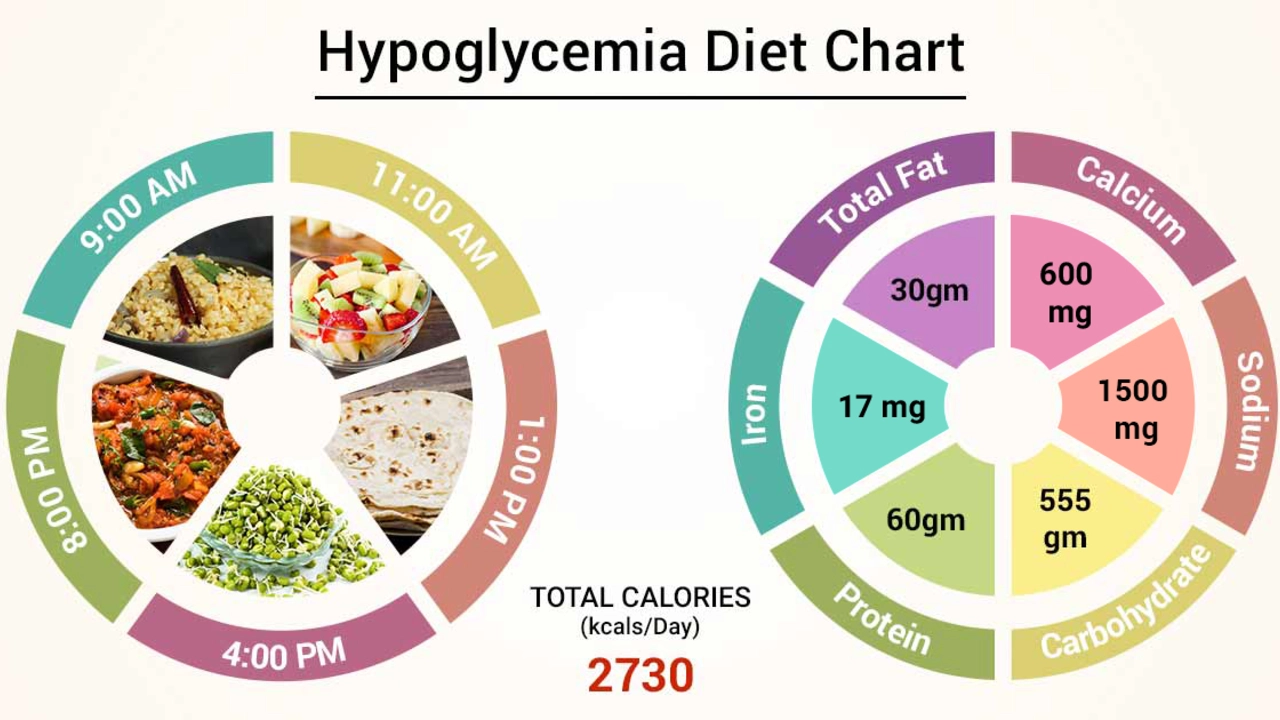Reduction: Smart Ways to Cut Medication Costs, Doses & Side Effects
Want to pay less, take fewer pills, or reduce side effects without risking your health? That’s the goal behind smart reduction. This page shows clear, practical moves you can try with your doctor or pharmacist — not risky shortcuts.
First, check for generics and therapeutic substitutions. Generic drugs can be much cheaper and work the same as brand-name meds. If your prescription is expensive, ask your prescriber whether a generic or a closely related drug will do the job. For many conditions there are safe alternatives — like lower-cost inhalers instead of pricey brands or different blood pressure meds with similar effects.
Cutting costs without cutting care
Compare prices across pharmacies, including mail-order and reputable online pharmacies. Bulk or 90-day fills and manufacturer coupons often lower the out-of-pocket cost. Don’t forget patient assistance programs for expensive drugs — manufacturers and charities may offer discounts or free doses if you qualify. If you buy online, verify the pharmacy is legit: look for a pharmacy license, a real address, and a clear prescription policy.
Be careful with pill-splitting and dose changes. Splitting tablets can save money when a higher-dose tablet is cheaper per milligram, but not all pills are safe to split. Extended-release formulations and coated tablets often shouldn’t be split. Ask your pharmacist before trying this.
Lowering doses and side effects safely
Deprescribing or dose reduction should always be done with medical oversight. If side effects or unnecessary medications are a problem, bring a clear list of all drugs — prescriptions, supplements, and herbs — to your appointment. Your doctor can design a stepwise taper or suggest safer alternatives that keep benefits while reducing harms.
Lifestyle changes can reduce medication needs. For example, weight loss, salt reduction, and exercise often lower blood pressure and can reduce the dose or number of antihypertensive drugs. Improved sleep, stress management, and targeted diet changes sometimes reduce the need for sleep aids or certain pain meds.
Use monitoring to guide reductions. Lab tests, blood pressure logs, or symptom diaries show whether a lower dose still controls your condition. That saves time and prevents surprises. If symptoms return, you can adjust quickly.
Know when to avoid DIY reductions. Never stop anticoagulants, antibiotics, or seizure medicines without clear medical advice. Some drugs require slow tapering to avoid withdrawal or rebound illness.
Finally, coordinate care. Pharmacists and specialists can suggest equivalent drugs, check interactions, and spot duplication that raises costs and risks. A short conversation with a pharmacist often reveals simple savings and safer options.
Reduction isn’t about doing less care — it’s about smarter care. Cut cost, dose, and side effects where safe, track results, and keep your health team in the loop.

The Role of Diet in Preventing and Reducing Eye Swelling
In my recent blog post, I discussed the significant role that diet plays in preventing and reducing eye swelling. I found that consuming foods rich in vitamins A, C, and E, as well as omega-3 fatty acids, can help maintain good eye health. Also, staying hydrated by drinking plenty of water is essential, as dehydration can cause eye puffiness. Reducing salt intake is another crucial factor since excessive salt can lead to water retention around the eyes. Lastly, I emphasized the importance of eating a well-balanced diet to ensure our eyes receive the necessary nutrients to function optimally and stay healthy.
More Detail